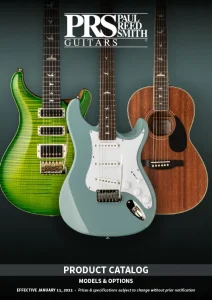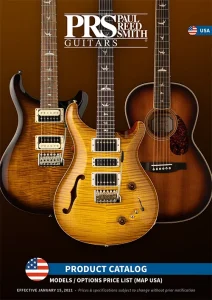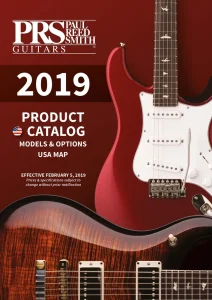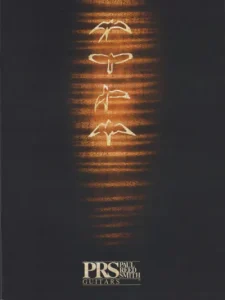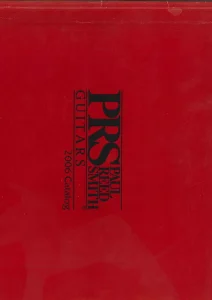PRS Catalogs
Paul Reed Smith. Even for those who are slightly familiar with the world of guitars, this name resonates with a sense of reverence. But with so many models, limited editions, and finishes, how does one really get a grasp of this vast universe? Enter PRS Guitar Catalogs, that stitch together the brand’s illustrious story.
Here you can immerse yourself in the world of PRS guitar catalogs.


